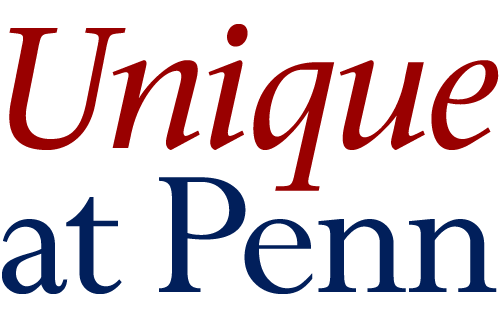I recently cataloged a volume of the Maḥzor printed by the press of Uri Phoebus ha-levi in Amsterdam 1670. The outstanding features of the volume are highlighted below with photos of the details and typography.
History of Amsterdam Printing, and of the work
Amsterdam was a major center of 17th Hebrew printing. There were a multitude of editions and editiones principes from Amsterdam; for example, Yeshayahu Vinograd’s Otsar ha-sefer ha-ʻivri (1993 printed edition), Amsterdam is listed as the most numerous (using numbers of titles) by far at 2860. This far surpasses other major printing centers such as Prague, Vilna, Venice, Livorno, and Frankfurt am Main.
To be able to stand out as a special item printed in Amsterdam is understandably difficult because of the vast amount of printing that was done there. However, there are still items from Amsterdam which do stand out, and this volume is certainly one of those.
This is a folio volume of the complete yearly cycle of prayers in the German, Bohemian, and Polish rites, with a commentary on the sides of the page called Maʻagle tsedeḳ (מעגלי צדק, from Psalms 23:3). Maʻagle tsedeḳ is a commentary explaining the piyutim (liturgical poems) created from the larger commentaries authored by R. Binyamin ha-leṿi and R. Avraham b. Avigdor Ḳara of Prague.
The German, Bohemian and Polish Maḥzor was first printed at Prague in 1618-1620 by Mosheh b. Betsalel Kats, also in folio format, also with the Maʻagle tsedeḳ commentary. The Maʻagle tsedeḳ commentary was first printed at Venice 1567 by Giorgio de Cavalli, with elements of the Sabbionetta-Cremona 1556 printing of R. Binyamin ha-leṿi’s commentary and elements of the Prague 1549-1550 edition with R. Avraham Ḳara’s commentary.
The printer was Uri ha-levi, also known as Uri Faivesh, Uri Phoebus, or Uri Witzenhausen (Amsterdam 1623-1715). Uri ha-levi was a major printer in Amsterdam; among the works he is known for printing are great rabbinic works such as R. Shabtai b. Meir ha-kohen’s Sifte Kohen (Amst. 1663), R. Yonah Te’umim’s Kikayon de-Yonah (Amst., 1669-1670), and the first edition of the Yiddish translation of the Bible (translation by R. Jekutiel Blitz; Amst., 1678).
The work was taken up in Germany and printed dozens of times during the 18th century in Fürth, Wilhermsdorff, Sulzbach (am Main), and also Prague (in Bohemia) and Dyhernfurth (in Silesia, today Brzeg Dolny, Poland) at the end of the 18th century.
The volume was commonly printed; however, this printing stands out because of the remarkable typography.
The typography of the 1670 Amsterdam Maḥzor

The volume is outstanding in its use of Hebrew typography. The artful use of typography is varied between different prayers, and some forms used only once in the volume. I heard a comment about the typography that “it is almost like a medieval Hebrew Mahzor printed in Amsterdam 1670” – meaning, the beauty, originality, and diversity of the typography are almost like that of a medieval illuminated manuscript.
Now, I will show some examples of this.


The main bold typeface (pictured above) was first used in the prayerbooks printed in the early 16th century in Prague by Gershom ben Solomon Katz.
Some of the decorated letters are unique to the imprint. Here are some of them:

Decorated letters on the opening word Ansikhah (אנסיכה), a piyut recited on the first day of Rosh Hashanah. 
Decorated initials for the opening word ṿa-Ya’ahav (ויאהב), a piyut for the day prayers of Purim. 
Decorated letters on the opening word “Zekhor” (זכור) taken from a piyut for the Sabbath preceding Purim 
Decorated initials for the opening word A’amits (אאמיץ), a piyut for the second day morning prayers of Sukot. 
Decorated initials for the opening word ha-Oḥez (האוחז), a piyut for the day prayers of Rosh Hashanah. 
More decorated initials for a piyut recited on the morning prayer of Rosh Hashanah. 
The decorated letters for the word “Ashre” (אשרי) for a piyut for Simhat Torah; here, the vocalizations are flower ornaments. I haven’t seen the ligature at the bottom of the yud before; they were likely created new for the Mahzor edition.
There are sets of letters constructed to look like flags, furling and unfurling from the wind, or perhaps swatches of cloth bound together.


Finally, there are zodiacal illustrations for the piyut on the zodiac. These were already used in earlier printings and are less remarkable.



